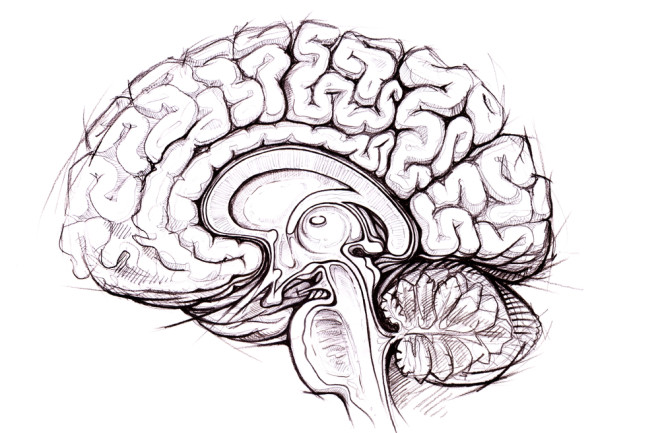A new paper in a neurosurgery journal sheds light on one of the most bizarre and shocking medical procedures ever invented. The disturbing paper comes from Patric Blomstedt of Sweden's Umeå University.
Blomstedt tells the story of a technique called "cerebral impaludation," which literally means "putting malaria into the brain." In this operation, which was performed on over 1,000 people in the 1930s, blood from a malaria-infected person was injected straight into the frontal lobes of the unfortunate patient.


